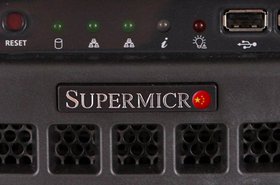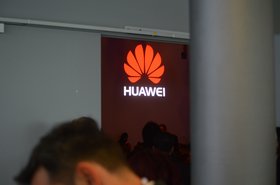Chinese scientists successfully demonstrated that 3nm transistors can be developed, a crucial step before commercialization in the coming years.
While various factors impact the performance of a chip, the smaller transistors become, the more can be fitted onto processors, increasing potential performance.
Current server processors range generally from 7nm to 14nm.
The smaller the better
One of the major obstacles for the researchers to overcome was the Boltzmann Tyranny, a problem over the distribution of electrons in a space that meant that as transistors got smaller, the heat generated by them would destroy the chip.
The researchers solved this by using a method known as negative capacitance, that was able to power the transistors by using half the theoretical minimum amount of electricity required, the South China Morning Post reports.
One of the researchers, Yin Huaxiang, told the publication that the next step was commercialization, a process that could take years: “This is the most exciting part of our work. It is not just another new finding in a laboratory. It has a high potential for real, serious applications. And we have the patent.”
The work, detailed briefly in a paper published by the IEEE Electron Device Letters, was funded in part by the National Key Project of Science and Technology of China, and in part by the Opening Project of Key Laboratory of Microelectronic Devices and Integrated Technology, Institute of Microelectronics, Chinese Academy of Sciences.
Should the project proceed, the Chinese government offers five-year tax breaks to chip makers and software developers to help cultivate an industry that is now at the center of a trade war. Even prior to the current tensions, the US has limited the sales of high-end processors to China for years.
In 2015, the US Department of Commerce banned US companies from selling Xeon and Xeon Phi CPUs to China's leading national laboratories, claiming the chips were being used to build systems that simulated "nuclear explosive activities," presenting a national security threat.
The ban backfired - realizing its vulnerability in foreign markets, China pumped money into domestic computing. “I would say it helps the Chinese when the US imposes an embargo on technology, it just forced more funding to go into developing that technology. It accelerated the roadmap,” professor Jack Dongarra, who curates the bi-annual Top500 list of the world’s fastest computers, told DCD for our feature on the global race to build exascale supercomputers.
The 3nm breakthrough, Yin told SCMP, would put China into a “head-on competition with the world’s top players at the very front line of chip development." South Korea's Samsung and Taiwan's TSMC are also working on 3nm technology.




